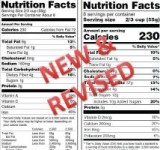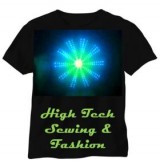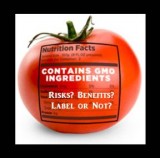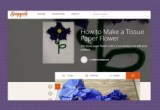
The first time I ever heard of Lev Vygotsky’s theory of cognitive development, I wondered how I would ever teach it to my child development class and have it make sense. Initially, it was a very simple lesson. Over the years it has evolved, but still I felt it needed something. Then, last year Laurie Lee, a FACS teacher from Glasgow High School in Glasgow, Missouri shared an idea she had on teaching preschool aged children how to do things by having her students create instructional videos. Immediately, the light bulb went off in my head and I knew I could tie this to Lev Vygotsky’s theory. So, below you will find the merging of these two lessons. Laurie says she and her classes loved this activity, both because the videos turned out great and anytime students have an opportunity to work with the preschool children it’s always a lot of fun!






